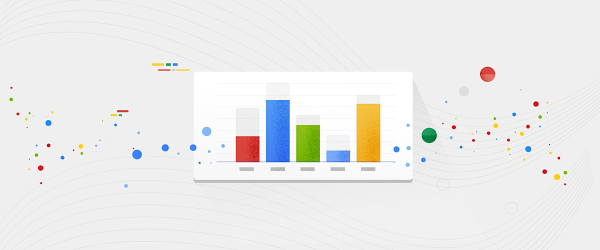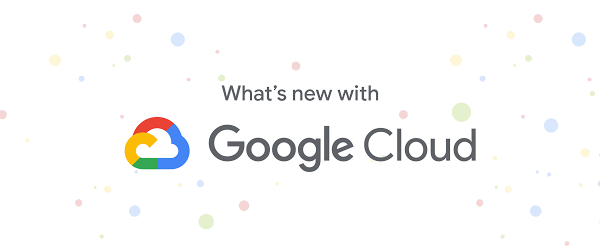Almost two-thirds of leading organizations claim that creating data-rich platforms is one of the best ways they can “future proof” their business. The research, commissioned by McKinsey & Company highlights that one of the attributes of industry winners is that they don’t just think of data as a component of their business, they act as if “Data is the business”.
What does this mean for your company? How can your team develop practices and perspectives that will allow it to stay ahead of the game?
There’s no doubt that data is the essential ingredient for business transformation across analytical and transactional applications. Once generated, it powers deeper AI-driven business insights, helps companies make better real-time decisions, and is also the basis for how companies build and run their data-driven applications. Google Cloud customers have taught us that there are three key dimensions to a winning data strategy: leaders seek to build architectures that are Open, Intelligent and Flexible. In this blog, we explore what they each mean and how you can apply them.
An Open Approach
While it might be logical to believe that tightly integrated and closed IT environments allow for more value creation through better control, the pace of technology innovation has shown to outstrip a company’s ability to build the solutions its needs from a handful of technologies; let alone get all the data it needs from a single source stored in the same cloud.
In its latest forecast, IDC stated that 2021 would be the year of Multi-Cloud*. This makes sense: whether you’re in manufacturing, retail or healthcare, your business requires that you work with partners who most likely have made choices different from yours: the data you need, the protocols you use and the applications you’ll collaborate around are bound to be heterogeneous. A CIO’s reality is one of multiple interfaces, multiple technology stacks and multiple clouds. And in order to win, she needs to architect environments that are both open and adaptable to this “multiplicity”.
This multiplicity extends beyond the choice of a cloud or a datastore. It also applies to her organization’s ability to build around its partners’ business models. Open-Source is an important consideration of an enterprise modern stack, and as it has been noted numerous times previously, open-source software has the potential to take over the world.
We note that the companies that outpace their competitors’ ability to innovate also partner with vendors who have invested in open-source at their core. By embracing open-source early, industry leaders can contribute to the growth of a wider ecosystem and they benefit from the imagination unleashed by the community faster.
Being open in 2021 means starting from the community up, embracing and enabling its choices across multiple clouds, multiple vendors and multiple business models – commercial and open-source.
For more, we suggest:
-
Three ways Google Cloud delivers on hybrid and multi cloud, today here
-
Bringing multi-cloud analytics to your data with BigQuery Omni here
-
Google Open Source Site here
More Intelligent Insights
Leaders will also find that this “Open” mindset accelerates the operationalization of critical workloads like Artificial Intelligence for example. According to Gartner, “by 2025,50% of enterprises implementing AI orchestration platforms will use open-source technologies, alongside proprietary vendor offerings, to deliver state-of-the-art AI capabilities.”** Being “Open” is thus a key attribute of the “Intelligent Enterprise”.
But, what does it mean to be “Intelligent”? We’ve found that “Intelligence” materializes in two ways at leading organizations. There is “Intelligence in Operation” and “Intelligence in Innovation”.





